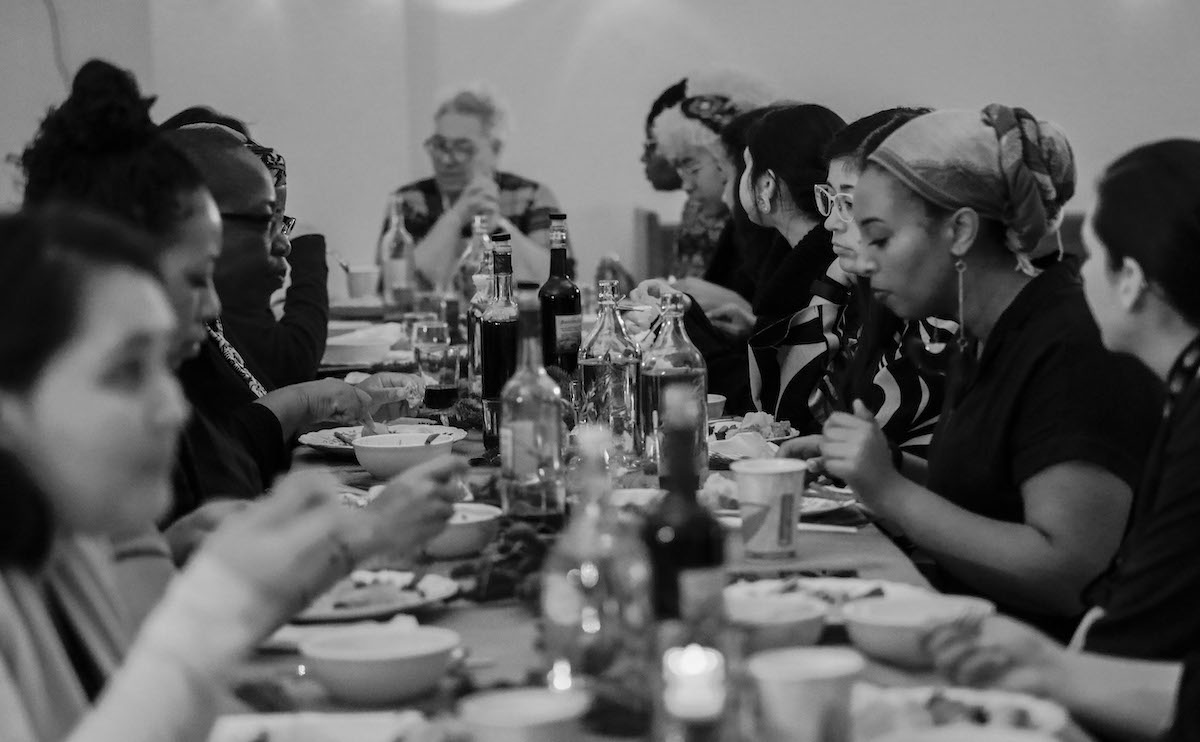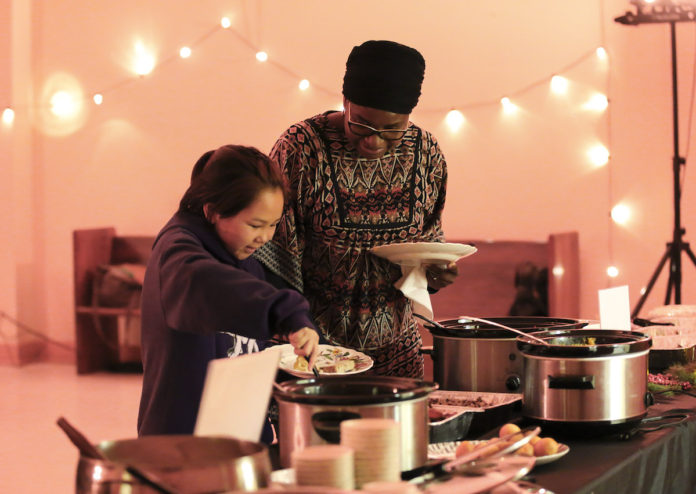Ottawa-based Inuk artist Katherine Takpannie won the National Gallery of Canada’s prestigious New Generation Photography Award mid-October.
The annual award was established by Scotiabank and the National Gallery of Canada in 2017. It was created to celebrate three Canadian lens-based artists to elevate the careers of young artists aged 30 or under.
Her work has been featured at the Ottawa’s Art Gallery three years in a row. Takpannie also contributed to the Carleton University Art Gallery (CUAG) in the They Forgot That We Were Seeds exhibition curated by Kosisochukwu Nnebe in February and March 2020.
Takpannie did not attend school to receive art training. She said photography has helped her share her journey and connection to her Indigenous heritage.
“In recent years, a lot of my photography has reflected part of my Inuit culture—part of it is just my experiences in this world, and a lot of them have a social-economic and political meaning behind it,” she said.
Takpannie was born in Montreal, but grew up an “urban Inuk,” she says, in Ottawa.
Her mother, born in Nunavut, was taken away from her family and community by the government at a young age. She was placed in a sanatorium with tuberculosis. Once she recovered, Takpannie’s mother attended a federal day school.
“She only spoke English to us because she wanted us to have a better life than she had being Inuk in Canada,” Takpannie said. “She wanted us to succeed in a western world.”
Takpannie said her mother’s experiences affected her upbringing. She grew up disconnected from her Inuit culture and language.
At 15, Takpannie was given a point-and-shoot camera by her uncle and started on a project called 365. Her goal was to shoot a single picture every day for a year, to capture moments with her friends in Ottawa.
Takpannie graduated from Algonquin College’s Nunavut Sivuniksavut program, where she said she gained a deeper appreciation for Inuit culture, history, and the contemporary issues that her community faces today.
“My photography has now had a lot of everything. I’ve learned from my experiences as an urban Inuk,” she said.

Takpannie said her experiences in Ottawa have helped shape her into the photographer she is today, as a lot of her photographic work was done in Ottawa.
She said she hopes that other Inuit who have dreams they want to pursue are able to do so without self-doubt.
“Moving forward and working with your pain and traumas and expressing them into healthy, creative ways,” she said, is one of her hopes for other members of her community.
Andrea Kunard, associate curator for the Ottawa Art Gallery and jury member for the award, said Takpannie’s strong sense of self is clearly visible in her images.
“She has a way of expressing her life very strongly through photography, and so I was very much interested in that,” Kunard said. “She’s a talented artist.”
Kunard pointed to Takpannie’s use of urban space, saying that the way she depicts herself within different types of environments—whether it is within the spaces of nature or spaces of the city—is interesting to her.
“I was very interested in the energy that is evident in the images,” she said, pointing to Takpannie’s work, “Tiny Dancer,” in which she appears in the setting of an old and abandoned place covered in graffiti.
Kunard added that the energy depicted in her urban depictions is very different from her art with natural settings.
“I feel that she has a role to play for other artists, not just Inuit, but just generally, and I think that will carry her forward,” Kunard said.
Heather Anderson is the curator at the CUAG who helped co-ordinate the exhibition They Forgot That We Were Seeds, alongside guest curator Kosisochukwu Nnebe.
The exhibition was Nnebe’s vision and Anderson said Nnebe chose the artists that were to be included in this project, including Takpannie’s work. The ambition of the exhibition was to disrupt conventional narratives and place Black and Indigenous women at the centre of an effort to reimagine the history of Canada as a settler-colonial state. Anderson added that she wishes Takpannie every success in future projects and her career.
“I think it’s really fantastic the way that photography or any kind of art-making can really be a way of sharing knowledge of cultural experience,” she said
Featured image provided by Katherine Takpannie.






